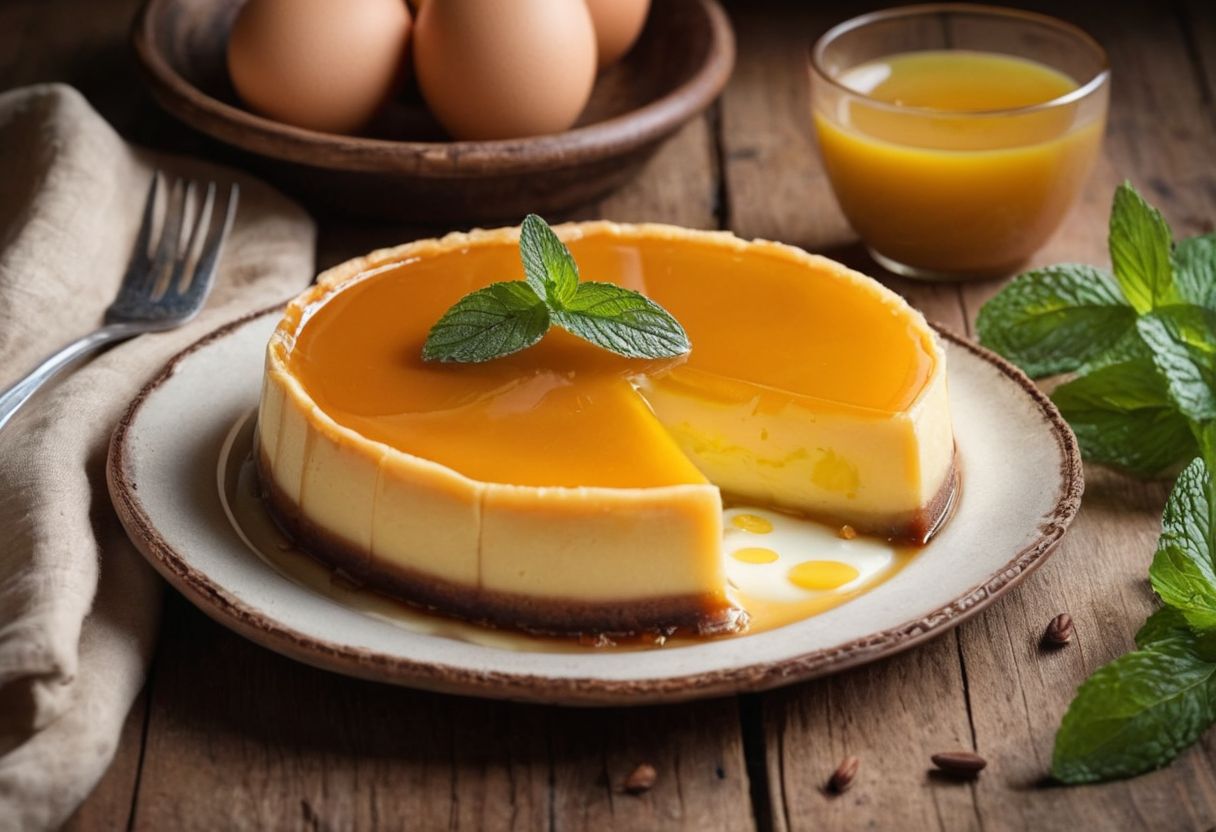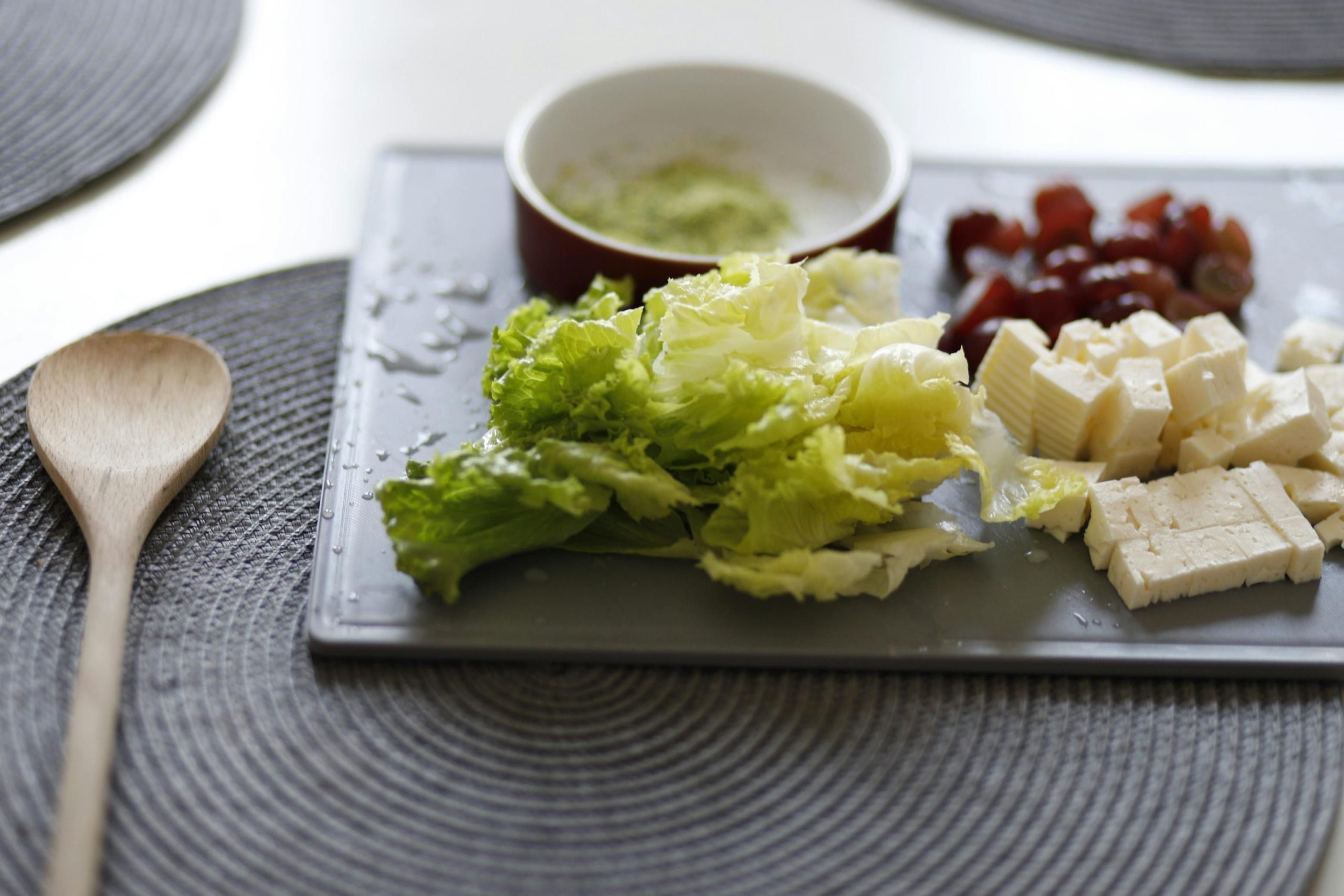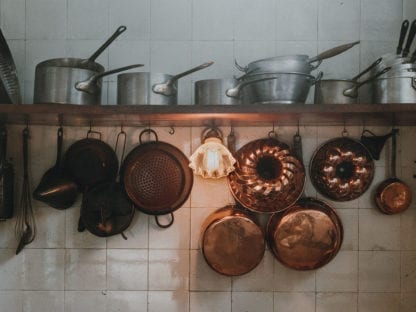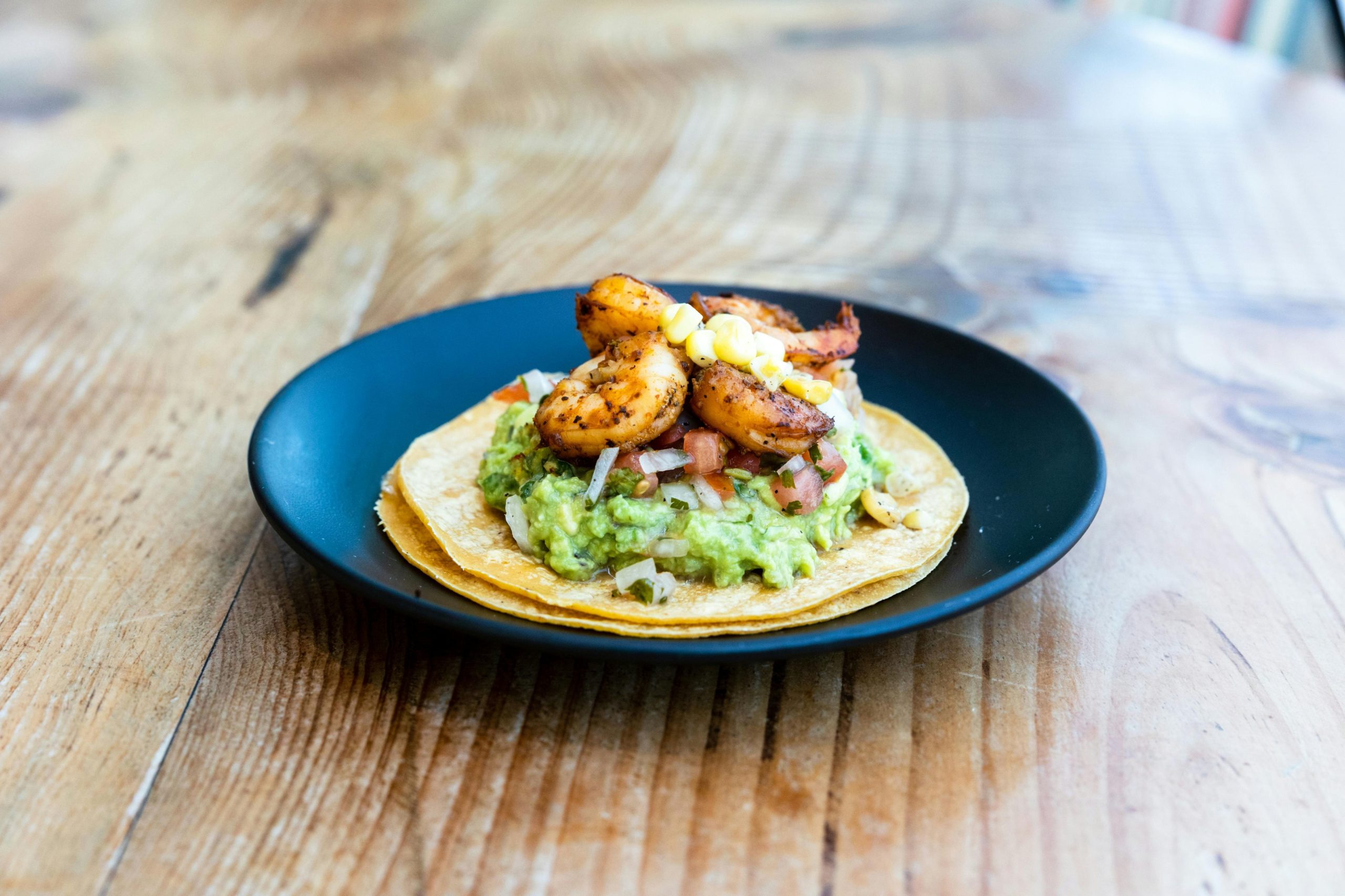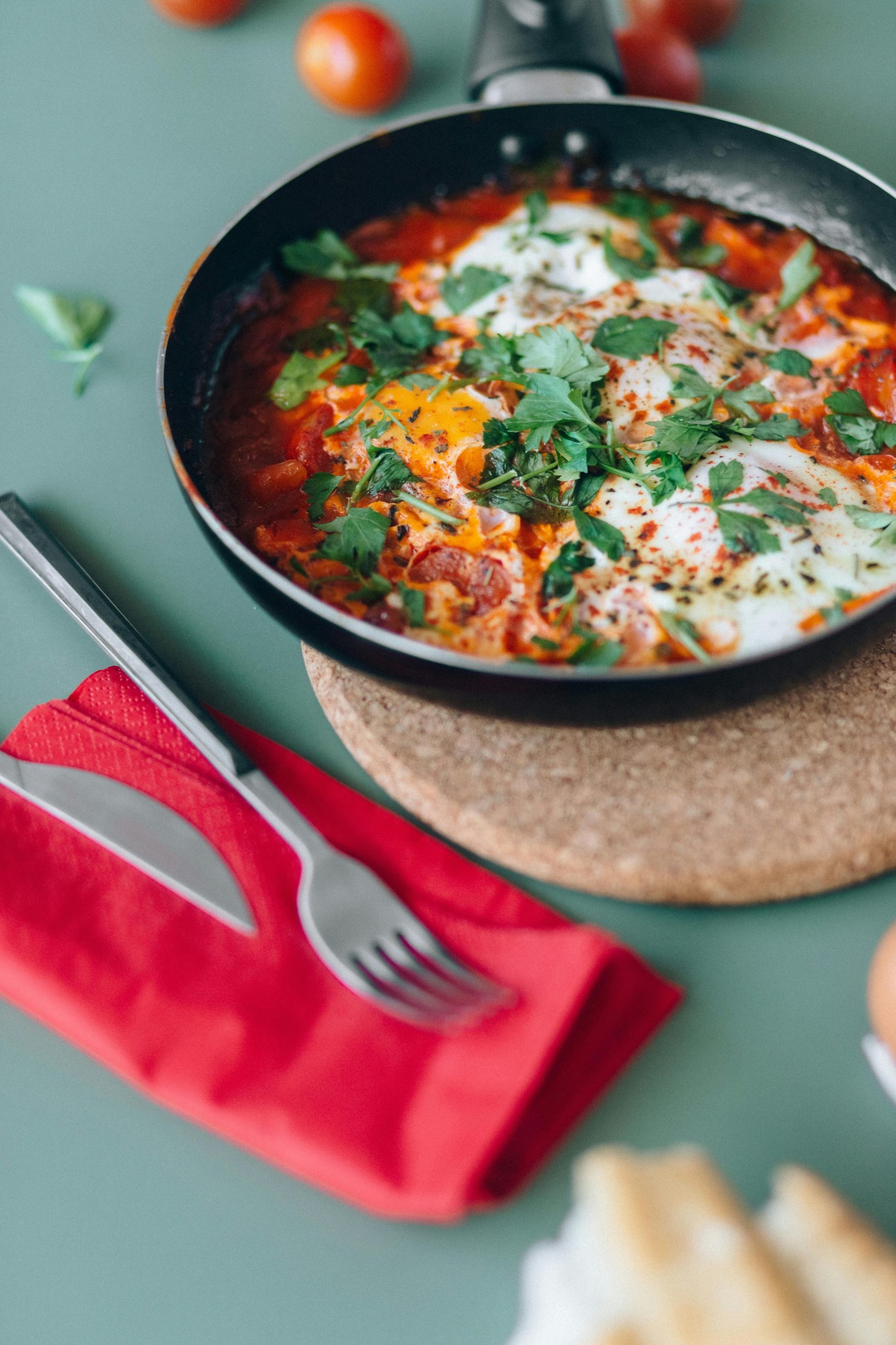Have you ever indulged in the creamy, caramel delight known as Lechflan?
Finding the perfect recipe and understanding its rich cultural background can often be a daunting task.
Lechflan, also known as Leche Flan, is a traditional Filipino dessert made primarily from egg yolks, milk, and sugar, often enjoyed for its rich, creamy texture and sweet caramel topping.
In this blog, we’ll dive deep into the world of Lechflan, exploring its origins, essential cooking techniques, and some delicious variations you can try at home.
What is Lechflan? Understanding the Basics

Lechflan, also known as leche flan, is a custard dessert that originates from the Philippines, celebrated for its creamy texture and caramel topping. This dessert is distinct from other similar treats like crème caramel or caramel custard primarily due to its rich ingredients and the method of preparation. While crème caramel often incorporates cream, leche flan relies heavily on condensed and evaporated milk, giving it a denser, creamier texture and a more indulgent flavor profile.
The basic components of leche flan include egg yolks, sugar, and milk products. Here are some key distinctions:
- Egg yolks: Leche flan uses only the yolks, making the custard richer and silkier.
- Milk: A combination of condensed milk and evaporated milk enhances the creamy texture.
- Caramel: Sugar caramelized directly in the mold (llanera) adds a deep, sweet layer that complements the custard. Understanding these components helps differentiate leche flan from other custard desserts and highlights why it’s a beloved treat in Filipino cuisine.
The Rich History of Lechflan: Origins and Evolution
The cultural significance of leche flan in the Philippines is deeply rooted in its historical origins, tracing back to the Spanish colonial era. Historians suggest that the introduction of leche flan to the Philippines occurred in the 16th century, brought by Spanish colonizers who influenced much of the local cuisine. The dessert’s name itself, ‘leche flan’, is a testament to this origin, with ‘leche’ meaning milk in Spanish. This creamy dessert quickly became a staple in Filipino celebrations and gatherings, symbolizing a fusion of local and Spanish culinary traditions.
Over the years, leche flan has evolved while maintaining its core ingredients: egg yolks, sugar, and milk. The traditional preparation method involves:
- Caramelizing sugar directly in the mold to form a deliciously sweet layer
- Mixing egg yolks with condensed and evaporated milk for a rich custard
- Steaming the mixture until it achieves a silky, smooth texture
This evolution reflects not only changes in cooking techniques but also the adaptation of local preferences and available ingredients, making leche flan a beloved dessert across generations in the Philippines.
How to Cook Lechflan: A Step-by-Step Guide
Cooking Lechflan, a beloved Filipino dessert, involves a few essential steps that when followed correctly, can result in a deliciously creamy and smooth custard with a rich caramel topping. This guide is designed to help beginners navigate through the process of making Lechflan, ensuring that each step is easy to understand and execute. From preparing the ingredients to the final touches before serving, this step-by-step guide will lead you to create a perfect Lechflan that is sure to impress.
The process begins with the preparation of the caramel, followed by the crafting of the custard mixture, and finally, the careful cooking of the dessert. Each step is crucial in achieving the characteristic texture and flavor of Lechflan. By following this guide, you will learn how to blend the ingredients properly, manage the cooking temperature, and use techniques such as the water bath or bain-marie to ensure even cooking and prevent the custard from cracking.
Essential Ingredients for Perfect Lechflan

To make traditional Lechflan, you will need several key ingredients that contribute to its unique taste and texture. These include: 10 egg yolks for richness, 1 can of condensed milk and 1 can of evaporated milk for creaminess, and 1 cup of granulated sugar for the caramel topping. Additionally, 1 teaspoon of vanilla extract enhances the flavor, while optional ingredients like lemon zest can be added for a subtle citrus note.
Mastering Caramelization for Lechflan

The caramel layer in Lechflan is crucial as it adds a beautiful amber hue and a rich flavor that complements the creamy custard. To master caramelization, start by heating 1 cup of granulated sugar in a saucepan over medium heat until it melts and turns golden. Swirl the pan occasionally to ensure even caramelization and prevent burning. Once the desired color is achieved, pour the caramel into the mold immediately to prevent it from hardening, tilting the mold to coat the bottom evenly.
Crafting the Custard for Lechflan

Crafting the custard for Lechflan involves gently blending the egg yolks and milks to create a smooth mixture. Start by whisking the egg yolks in a large bowl, then gradually add the condensed and evaporated milk. To ensure a smooth texture, add a teaspoon of vanilla extract and mix gently to avoid incorporating air into the custard. Strain the mixture through a fine-mesh sieve to remove any lumps, ensuring the custard’s silky consistency. This careful preparation is key to achieving the perfect creamy texture in your Lechflan.
Achieving Smooth Consistency in Lechflan
Achieving a smooth consistency in Lechflan is crucial for its luxurious texture. One of the most effective techniques is to mix the ingredients gently. Vigorous mixing can introduce air bubbles that lead to holes in the final product. Here are some tips to keep in mind:
- Stir the mixture in one direction only.
- Tap the mold on the counter to release any trapped air bubbles.
- Let the mixture sit for a few minutes before cooking to allow any remaining air bubbles to rise to the surface and pop.
Another key step is straining the mixture through a fine mesh sieve or cheesecloth. This helps remove any solid bits of egg or impurities that could disrupt the smooth texture of your Lechflan. Remember:
- Strain the mixture at least twice to ensure it’s smooth.
- Use a cheesecloth or a fine sieve for best results.
By following these careful preparation steps, you’ll help ensure your Lechflan turns out with the perfect creamy and smooth leche flan texture every time.
Lechflan Cooking Methods: Oven vs. Stovetop
When it comes to cooking Lechflan, the two most popular methods are baking in an oven and steaming on a stovetop. Baking lechflan involves using an oven with a bain-marie (water bath) to ensure even heat distribution and a stable, low temperature. This method is crucial for achieving a smooth, creamy texture without surface cracks. The gentle heat from the water bath allows the custard to set slowly and evenly, resulting in a visually appealing and texturally consistent dessert.
On the other hand, steaming lechflan on a stovetop is generally quicker and doesn’t require as much equipment. This method involves covering the lechflan with foil and steaming it over simmering water. While steaming can lead to a slightly less smooth texture with potential air bubbles on the sides, it is a straightforward method that many find convenient. Here are some key points about each method:
- Oven (Baking): Requires preheating and careful water bath setup; offers a smoother, aesthetically pleasing result.
- Stovetop (Steaming): Faster, with simpler setup; might have minor textural inconsistencies.
Ultimately, the choice between baking and steaming depends on your texture preferences and the tools available in your kitchen.
Serving and Storing Lechflan: Best Practices
Proper serving of lechflan can greatly enhance its enjoyment. Chill the lechflan thoroughly before serving, ideally for several hours or overnight, to ensure it sets perfectly. When ready to serve, carefully run a knife around the edges of your mold (llanera), then place a serving plate on top and flip it over to unmold the dessert smoothly. This method preserves the beautiful, smooth top layer of caramel. For an elegant presentation, consider adding a garnish like a sprig of mint or some fresh berries.
Storing lechflan correctly is crucial to maintaining its texture and flavor. After serving, any leftovers should be covered and stored in the refrigerator. Here are some best practices:
- Use an airtight container or tightly wrap the lechflan with plastic wrap or aluminum foil.
- Consume within 3-4 days to enjoy its best quality. While freezing is possible, it’s not recommended as it can alter the creamy texture of the lechflan, making it grainy once thawed.
Lechflan and Related Recipes: Delicious Variations
Lechflan’s creamy, caramel-laden delight serves as a base for numerous variations across different cultures. For instance, the Portuguese Flan incorporates a touch of citrus zest, offering a refreshing twist to the traditional recipe. Similarly, the Cuban Flan is known for its addition of coconut milk, which infuses the dessert with a tropical flavor that’s rich and vibrant.
Among Filipino adaptations, the Coconut Lechflan combines the classic custard with coconut cream, elevating its tropical taste. For those who enjoy a fusion of flavors, the Ube Lechflan layers ube halaya under the creamy custard, creating a visually striking dessert with a uniquely Filipino taste. These variations not only cater to diverse palates but also celebrate the adaptability and enduring popularity of Lechflan in culinary traditions around the world.
Experience Authentic Lechflan with Indulge‘s Culinary Tours
Imagine tasting authentic Lechflan in its birthplace, guided by experts who know every secret ingredient and technique. INDULGE offers culinary tours that allow you to experience this classic Filipino dessert in the most authentic settings. These tours provide not just a taste, but a deep dive into the rich history and cultural significance of Lechflan, making each bite a learning experience.
Booking a tour with INDULGE means you’ll enjoy:
- Expert guidance from local chefs who specialize in Filipino cuisine.
- Exclusive access to hidden culinary spots known for their authentic Lechflan.
- An opportunity to learn the traditional methods of Lechflan preparation from the masters themselves. Don’t just taste; immerse yourself in the culinary heritage of the Philippines by visiting INDULGE’s website.
Frequently Asked Questions
Is leche flan Spanish or Filipino?
Leche flan is a traditional Filipino dessert. Its origins trace back to the Spanish colonial era in the Philippines, where it was introduced by Spanish colonizers. The dessert’s name, ‘leche flan’, with ‘leche’ meaning milk in Spanish, reflects this influence. However, it has been embraced and adapted into Filipino cuisine, making it a beloved treat in the Philippines.
What are the ingredients of leche flan?
The essential ingredients for making traditional leche flan include 10 egg yolks, 1 can of condensed milk, 1 can of evaporated milk, and 1 cup of granulated sugar for the caramel topping. Additionally, 1 teaspoon of vanilla extract is used to enhance the flavor, and optional ingredients like lemon zest can be added for a subtle citrus note.
What is the difference between leche flan and regular flan?
Leche flan, a Filipino version of custard dessert, differs from other similar desserts like crème caramel primarily in its ingredients and texture. Leche flan uses only egg yolks (not whole eggs), and a combination of condensed milk and evaporated milk, which makes it denser and creamier. In contrast, regular flan, such as crème caramel, often incorporates cream and whole eggs, leading to a lighter texture.
Is leche flan like creme brulee?
Leche flan is similar to crème brûlée in that both are custard desserts with a caramel element. However, they have distinct differences. Leche flan is typically steamed or baked with a soft caramel layer on top, made from sugar caramelized directly in the mold. Crème brûlée, on the other hand, is baked and then topped with sugar that is caramelized under a broiler or with a torch to form a hard, crackly caramel top. Additionally, crème brûlée typically includes cream in its custard, whereas leche flan uses a mixture of condensed and evaporated milk for a denser texture.

